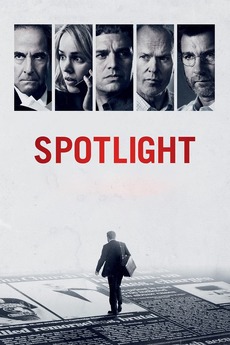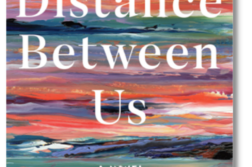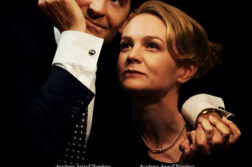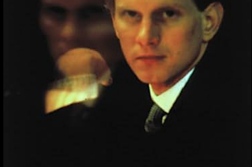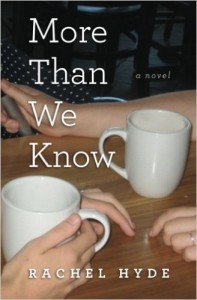 More Than We Know
More Than We Know
by Rachel Hyde
DayLily Press. 278 pages, $14.95
Every so often a book crawls into your lap and curls up there like a child, demanding your love and attention and making you marvel at the little, self-contained world you’ve suddenly found in your arms. Such a book is More Than We Know, and the metaphor seems apt, because Hyde’s book is deeply immersed in the day-to-day realities of motherhood and raising children. Laura, the protagonist, retains the vivid memory of a very deep friendship that she shared in the distant past with a girl named Michelle. Acting on a youthful impulse, Laura kissed Michelle at a sleepover, and the friendship did not survive the unexpected event. Married now with two children, Laura suddenly finds herself confronted with a new friend, Julia, who begins to reawaken all the old feelings of same-sex attraction she once had for Michelle. More Than We Know is full of wonderful details that a less perceptive writer might not include, such as Laura, at her mother’s house, removing childhood photos from their frames in order to fill them with pictures of her father for his funeral. This simple act becomes a wonderful metaphor for how we age and accept the reality we’ve been handed. This is not a flashy novel—more of a slow burn—and some readers may be frustrated by the resolution. But Hyde is after larger fish than the traditional coming-out novel provides. What happens when sexuality intrudes into a friendship? What do two friends—especially happily married ones—do with that impulse? Offering an excellent depiction of female intimacy within a friendship, More Than We Know is a wonderful and welcome addition to the growing category of books that explore friendship and attraction, and how sexuality sometimes— always?—seems to linger at their edges.
Dale Boyer
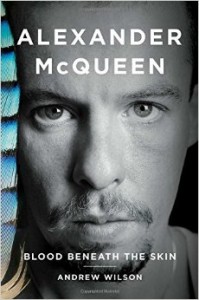 Alexander McQueen: Blood Beneath the Skin
Alexander McQueen: Blood Beneath the Skin
by Andrew Wilson
Scribner. 318 pages, $30.
There’s plenty of sex, drugs, and glamor in this new biography of Alexander McQueen, which sets out to tell the story of the late clothing designer’s complicated life, which ended in 2010 when he took his own life at the age of forty. The book begins with McQueen’s evolution from a humble, working-class gay boy in England to an international fashion icon, and we’re off to a decent start. But the bulk of the book’s 300-plus pages is a monotonous catalog of McQueen’s infamous fashion shows, including a Rashomon of various critics’ accounts. On top of that is layered another catalog, that of McQueen’s numerous failed love affairs and friendships. And although Wilson’s biographical thesis makes intuitive sense—that childhood abuse turned McQueen into a mad genius, one whose personal demons ultimately destroyed him—little hard evidence is presented. Instead, we get eye-rolling conjectures like this one: “The first shot in the film was taken underwater looking up towards the light, an image that McQueen may have remembered from his days with the synchronized-swimming club.” Wilson’s credibility is on the line when he claims that McQueen was infected with HIV by his former lover George Forsyth. According to Forsyth’s parents, George never had HIV. In a letter to Forsyth’s parents, the publisher had this to say: “As a gesture of goodwill Simon & Schuster [Scribner’s parent] will not include the words referring to George Forsyth detailed in your letter in reprints of the book or in eBook editions.” Aw. While juicy in parts, Wilson’s book is by no means the definitive biography of Alexander McQueen.
Jim Farley
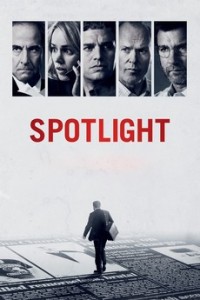 Spotlight
Spotlight
Directed by Tom McCarthy
Anonymous Content, et al.
Spotlight is a movie about investigative journalism in which the object of investigation just happens to be a pattern of homosexual abuse of mostly underage boys by Catholic priests. That, at least, is how the movie was spun by most critics, who hailed Spotlight for its dramatization of The Boston Globe team that uncovered the scandal while steering clear of the tabloid aspects of the story (i.e., the sex itself). To the extent that the content of the scandal is unavoidable, the film is more about the inner workings of the Catholic hierarchy in Boston and the cover-up than it is about horny priests lusting after teenage boys (and some girls). Nevertheless, it is by no means silent on the delicate topic of priests and sex. Experts are consulted and documents culled. It turns out some six percent of priests are repeat offenders. Whether they’re “gay” is an open question, as some may go after boys opportunistically. Celibacy is clearly the root cause. One expert remarks that most of these priests have the psychosexual development of a twelve-year-old. In testimony provided by a number of victims, a pattern emerges of mentorship slowly giving way to physical contact, often a demand by the priest to be serviced orally. The Globe story hit the stands in early 2002, and the rest is history: similar goings-on were uncovered in dioceses across the USA and beyond; thousands of victims got billions in settlements; Bos-ton’s Cardinal Law was moved to a cushy job at the Vatican; the Pope apologized to the victims.
Wendy Fenwick


